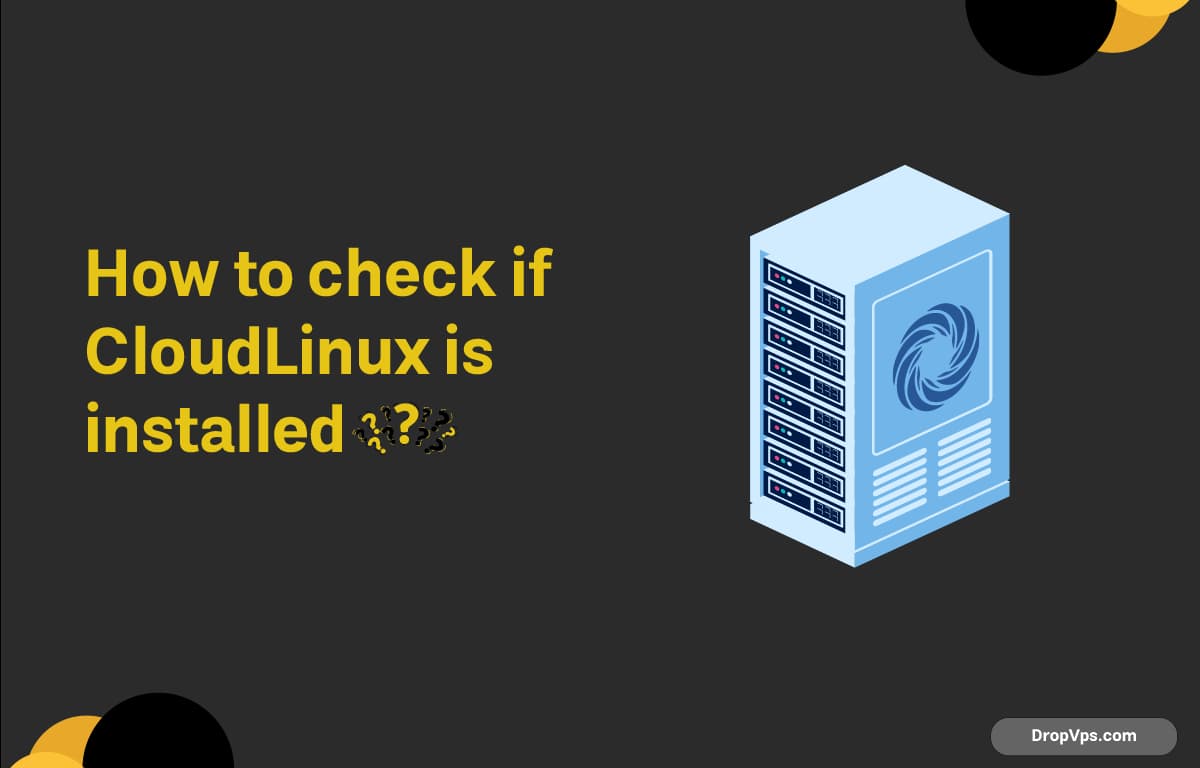DropVPS Team
Writer: Cooper Reagan
How to check if CloudLinux is installed?

Table of Contents
What you will read?
To check if CloudLinux is installed on your server, here are a few quick and effective methods:
Check the OS release file
CloudLinux replaces the default CentOS/RHEL release file. Run:
cat /etc/redhat-releaseIf CloudLinux is installed, you’ll see something like:
CloudLinux release 9.2 (Luna Amarilla)If it shows CentOS or AlmaLinux, then CloudLinux is not installed.
Check the Kernel Version
CloudLinux uses a custom kernel called lve (Lightweight Virtual Environment). Run:
uname -rA CloudLinux system will typically show something like:
3.10.0-962.3.2.lve1.5.41.el7.x86_64If the kernel contains lve, it’s a strong sign that CloudLinux is active.
Use cldetect Tool
If CloudLinux tools are installed, you can run:
cldetect --get-osIt will return:
cloudlinuxIf the tool is not found, it’s possible CloudLinux is not installed or the environment is not fully converted.
Check for LVE Utilities
Try checking the presence of LVE-related commands:
which lvepsor
rpm -qa | grep lveIf these tools are installed, CloudLinux is most likely present.
Use hostnamectl
Another quick way is to check the OS name via:
hostnamectlLook for the Operating System line. For example:
Operating System: CloudLinux 9.2 (Luna Amarilla)Bonus – Check Yum Repos
CloudLinux uses its own repositories. Check your repo list:
ls /etc/yum.repos.d/You’ll see entries like:
cloudlinux.repo
cloudlinux-rollout.repoThese are indicators of a CloudLinux environment.